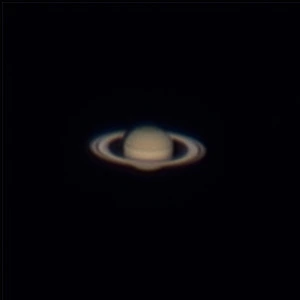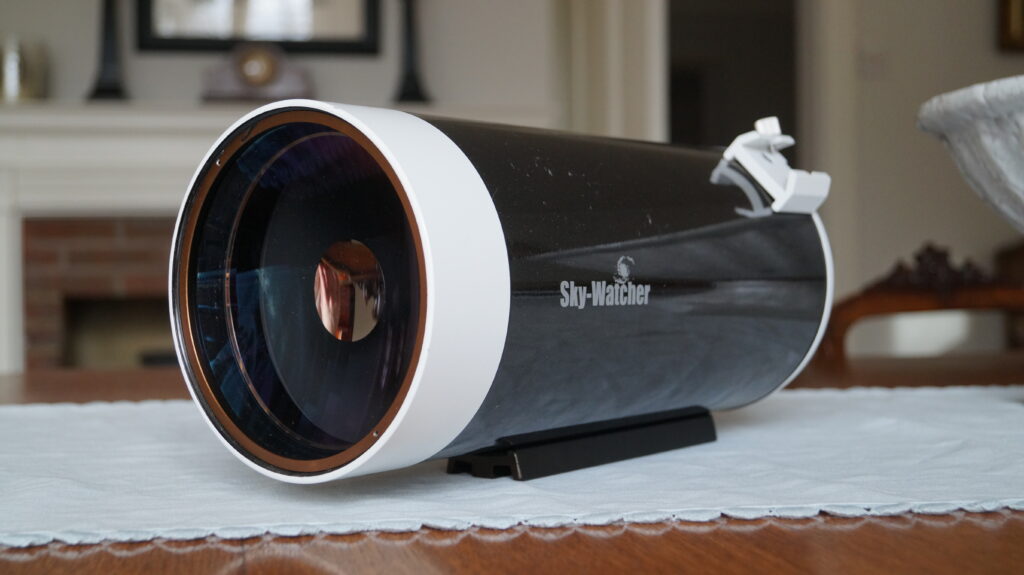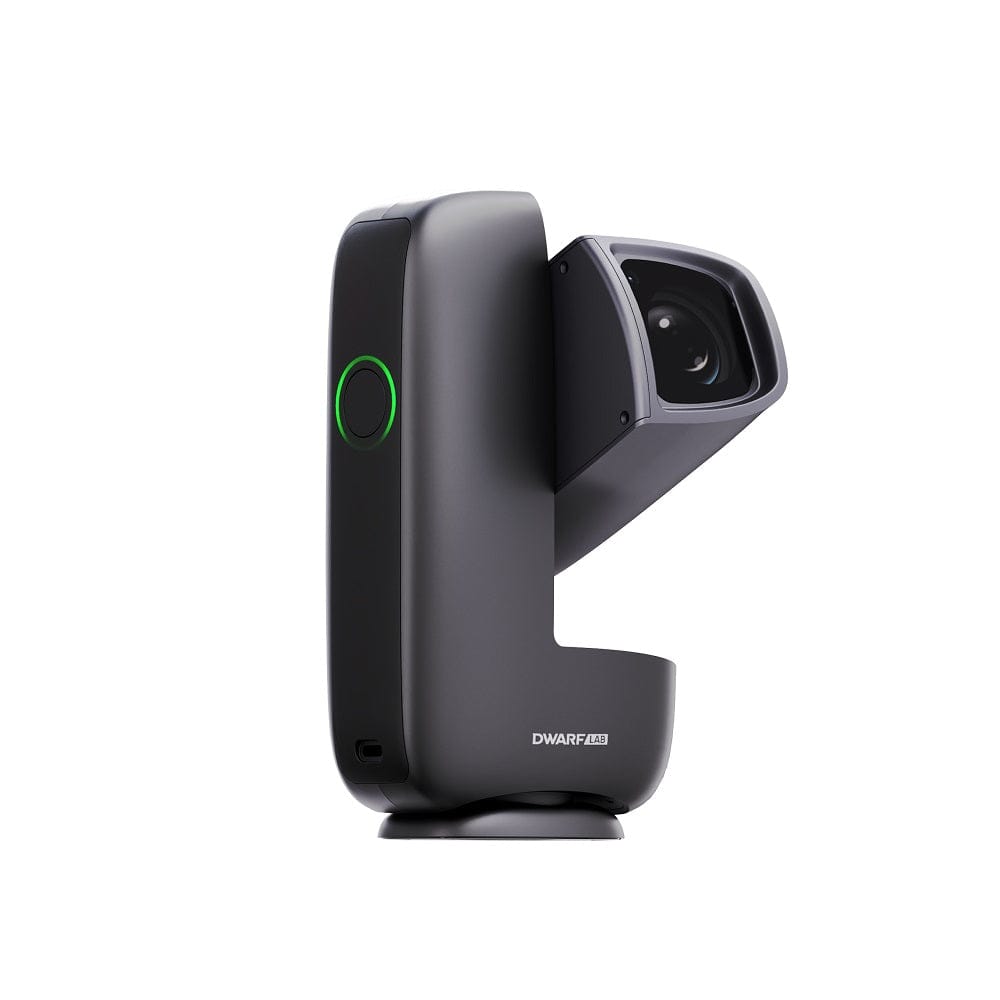Introduction
The SkyWatcher SkyMax 127 is a fantastic telescope for budget-conscious astrophotographers, especially those interested in planetary and lunar imaging. With its compact Maksutov-Cassegrain design, 127mm aperture, and 1,500mm focal length, it provides a solid foundation for capturing detailed images of planets and the Moon. Paired with a compatible camera, this setup offers an affordable entry into high-quality planetary imaging.
Overview
- Affordable Entry: Ideal for budget-conscious astrophotographers focused on planetary and lunar imaging.
- Portable Design: Lightweight (7.45 kg) Maksutov-Cassegrain telescope with f/11.8, 1,500mm focal length.
- User-Friendly Setup: Paired with AZ-GTi Wi-Fi GoTo mount for easy alignment and tracking.
- Optimal for Planets: Long focal length excels in capturing details of planets and the Moon.
- Recommended Camera: ZWO ASI183MC offers high-resolution and simplicity for planetary imaging.
Build Quality and Design
The SkyMax 127 weighs 3kg, making it lightweight enough to transport easily. The telescope’s Maksutov design includes a primary mirror and a corrector plate, which enhances image sharpness. With a focal ratio of f/11.8, it’s optimized for capturing high-magnification views, perfect for lunar craters and planetary details. Paired with the AZ-GTi Wi-Fi GoTo mount, the setup is both user-friendly (controllable easily from a smartphone) and capable, featuring a sturdy aluminum tripod that provides reliable support.

Performance in the Field
In practice, the SkyMax 127 delivers impressive results for planetary and lunar imaging. Its long focal length provides ample magnification, allowing you to capture detailed images of Jupiter’s cloud bands and Saturn’s rings. The SynScan app makes aligning the telescope straightforward, and once aligned, the GoTo system quickly locates and tracks objects. While primarily a planetary scope, the SkyMax can also capture brighter deep-sky objects, albeit with limited detail due to its narrow field of view and very slow F-ratio.

Choosing the Right Camera
For the SkyMax 127, I recommend the ZWO ASI183MC for planetary imaging. This camera’s small pixels pair well with the telescope’s long focal length, providing high-resolution images. While the SkyMax 127 can accommodate DSLRs, a dedicated planetary camera provides the high frame-rates needed for planetary imaging. Specialised UV/IR filters can also enhance imaging, particularly for capturing finer details on Jupiter and Mars. A mono camera with filters is an option, but a colour camera simplifies the process, which is ideal for beginners.
Final Thoughts
The SkyWatcher SkyMax 127 on an AZ-GTi mount is a great budget-friendly setup for anyone looking to get into planetary imaging. It’s easy to transport, simple to use, and provides excellent detail on a modest budget. While it’s best suited for planets and the Moon, it can also handle some bright deep-sky targets. If you’re looking for a capable and affordable telescope to explore the wonders of the solar system, this setup is an excellent starting point.





